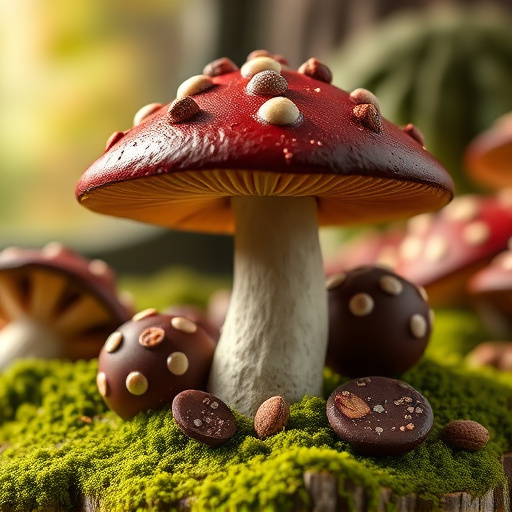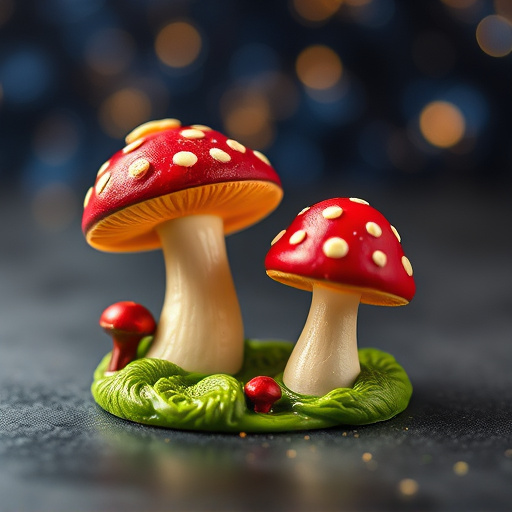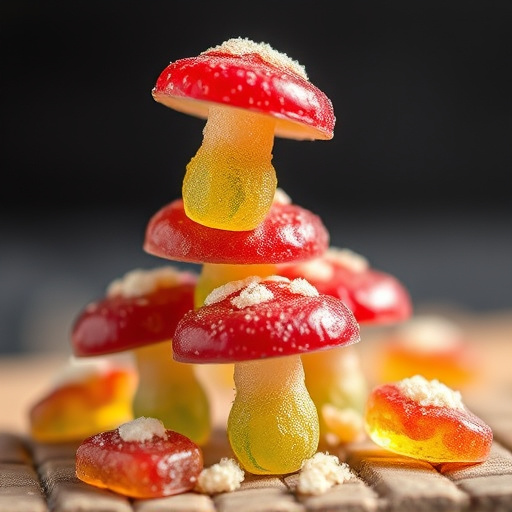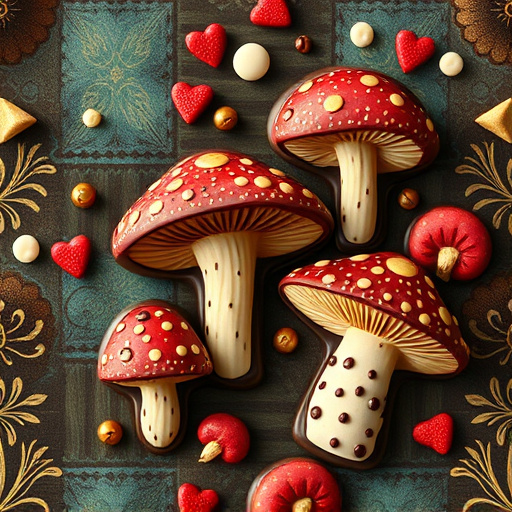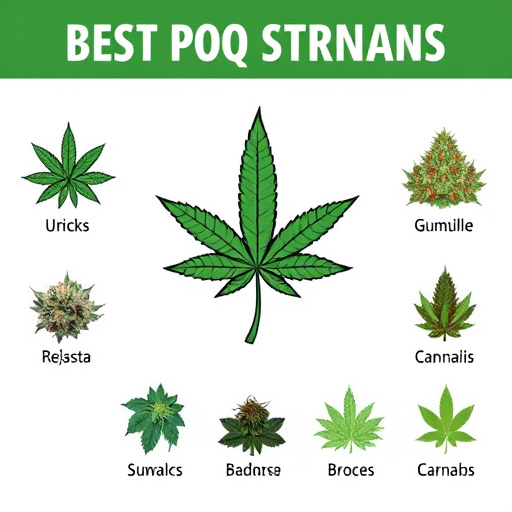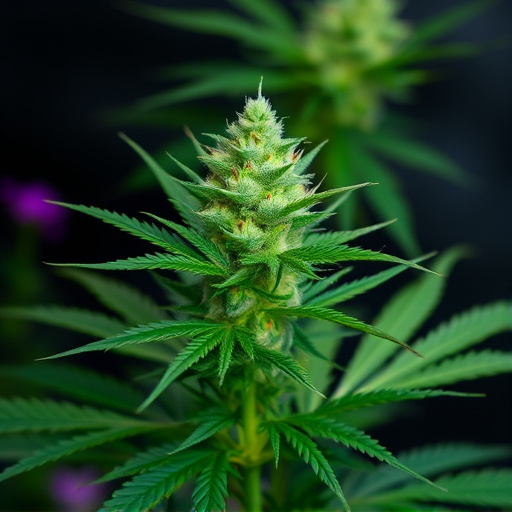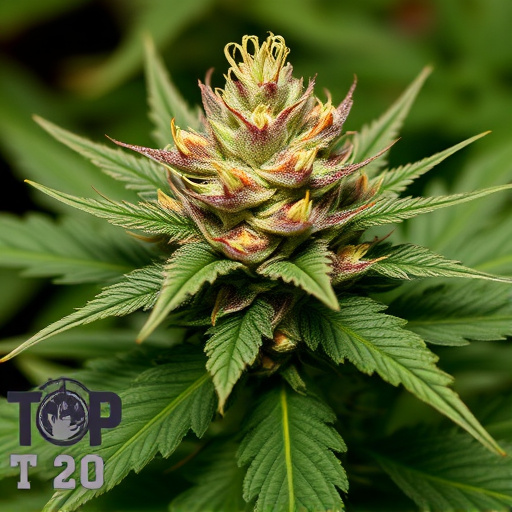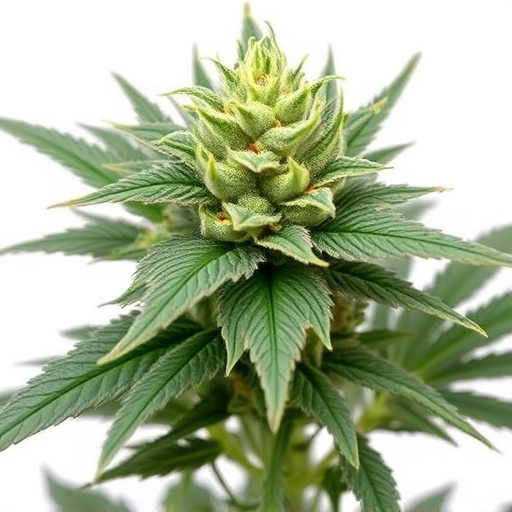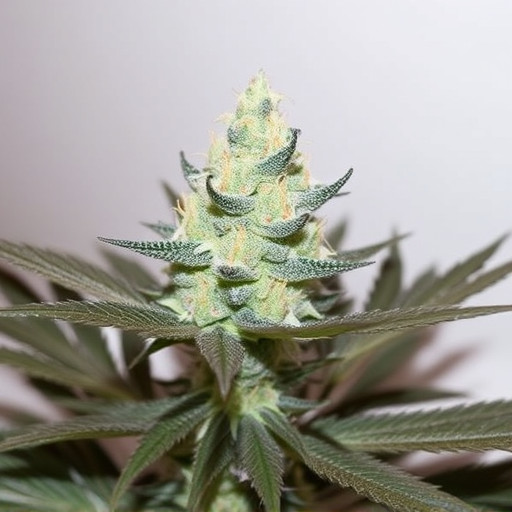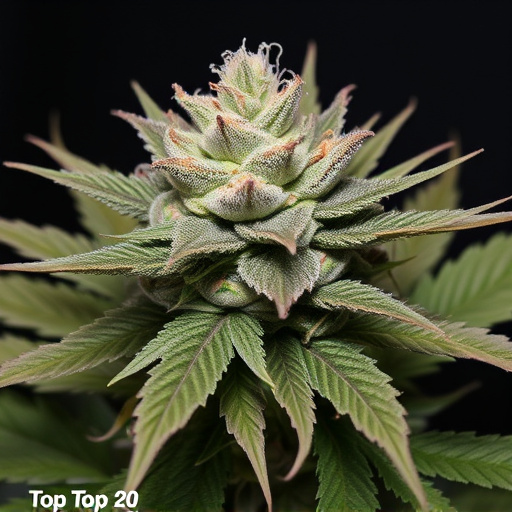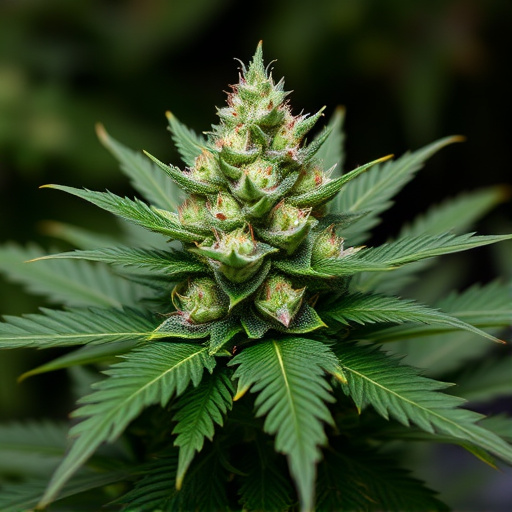Scientific research reveals that cannabis plants' pigments, including chlorophyll, carotenoids, and anthocyanins, influence both their visual appeal and chemical composition. Specific colors like vibrant shades often correspond to higher cannabinoid levels, notably THC, in top 20 cannabis strains. These pigments also shape terpene profiles and protect against environmental stress, contributing to the plants' potency. While color isn't the sole determinant, it can impact consumer expectations and experienced effects through both scientific mechanisms and placebo effect, influencing perceptions of a strain's potency.
“Uncover the intriguing connection between color and cannabis potency in this comprehensive guide. We explore how pigments can significantly impact terpene profiles and cannabinoid concentrations, leading to varied effects. Delve into our analysis of the Top 20 Cannabis Strains by Color and Potency, where visual guides and scientific insights reveal strain-specific THC/CBD levels. Additionally, we uncover the psychological and sensory effects of colored cannabis, demonstrating how visual cues can shape the user experience and dose estimation.”
- The Science Behind Color and Cannabis Composition
- – How pigments impact terpene profiles and cannabinoid concentrations
- – Studies on color-based potency variations
The Science Behind Color and Cannabis Composition
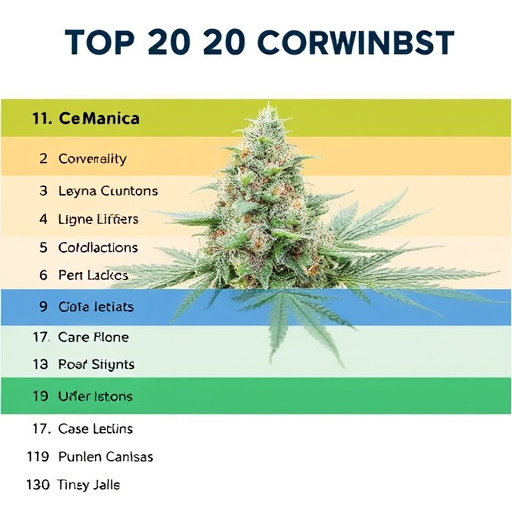
The connection between color and potency in cannabis is a fascinating aspect often shrouded in mystery, but it has a scientific basis. Cannabis plants naturally produce various pigments, including chlorophyll (green), carotenoids (orange, yellow, red), and anthocyanins (red, blue, purple). These pigments not only contribute to the plant’s visual appeal but also play a crucial role in its growth and defense mechanisms. Research suggests that specific colors can indicate unique cannabinoid profiles within cannabis plants.
For instance, some studies propose that anthocyanin content is linked to higher levels of THC (tetrahydrocannabinol), one of the primary psychoactive compounds known for its potent effects. The top 20 cannabis strains often boast vibrant hues ranging from deep purple to bright red, suggesting a correlation between color intensity and increased cannabinoid potency. This scientific exploration opens up exciting possibilities for cultivators to enhance their crops’ potential therapeutic benefits by carefully considering not just the plant’s appearance but also the intricate relationship between its colors and chemical composition.
– How pigments impact terpene profiles and cannabinoid concentrations
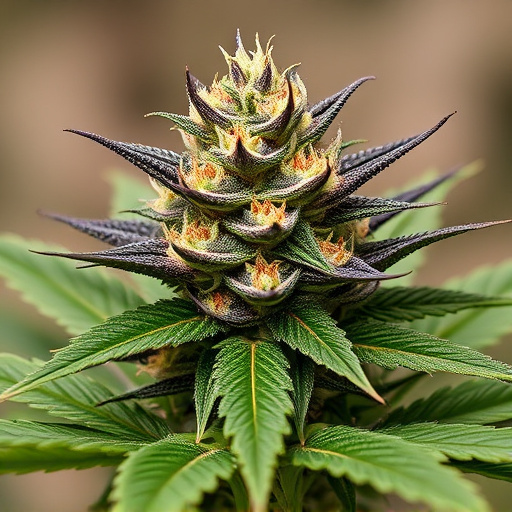
Cannabis plants boast an array of pigments, from vibrant greens to rich browns, each playing a role in protecting and enhancing their unique terpene profiles. These terpenes, responsible for the plant’s aroma and flavor, are closely tied to its potency and therapeutic effects. Pigments, acting as chemical messengers, can influence the expression of genes that govern terpene synthesis. For instance, certain pigments trigger the production of specific terpenes known for their sedative or invigorating properties, thereby affecting the overall potency experience.
Beyond terpene profiles, pigments also indirectly impact cannabinoid concentrations. Cannabis plants use pigments to shield themselves from environmental stressors, and this protective mechanism can influence the plant’s ability to accumulate cannabinoids like THC and CBD. Studies suggest that strains with more resilient pigmentations might have higher cannabinoid levels due to their enhanced stress resistance, positioning them among the top 20 cannabis strains sought by enthusiasts for their potent effects.
– Studies on color-based potency variations
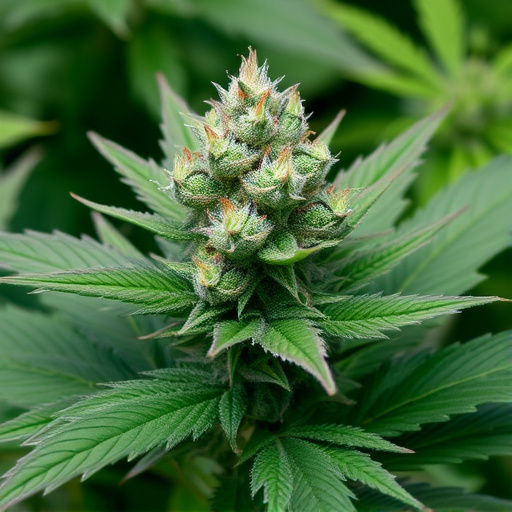
While the impact of color on cannabis potency has been a topic of curiosity, scientific research on this subject is still limited. However, some studies suggest that the perceived potency of cannabis may be influenced by its appearance, particularly in relation to color. One notable example is the observation that certain strains, known for their vibrant or distinct colors, often carry higher expectations among consumers, potentially leading to a placebo effect and altered perception of effects.
When examining the top 20 cannabis strains, researchers have noted variations in potency levels, with some breeds exhibiting more pronounced psychological and physical effects than others. While color alone cannot determine potency, it could be a contributing factor as breeders often select and emphasize specific hues for their strains, associating them with desired characteristics and, consequently, influencing consumer expectations.
While the relationship between color and cannabis potency remains a fascinating area of study, with some evidence suggesting subtle differences in terpene profiles and cannabinoid concentrations across various colors, it’s important to note that more research is needed. The perceived “potency” of a strain is often influenced by personal preference and individual biochemistry, making definitive conclusions challenging. Exploring the top 20 cannabis strains based solely on color may not accurately represent their true potency or therapeutic benefits. Ultimately, consumers should prioritize scientific understanding, quality control measures, and consulting with experts to make informed decisions about their cannabis choices.
